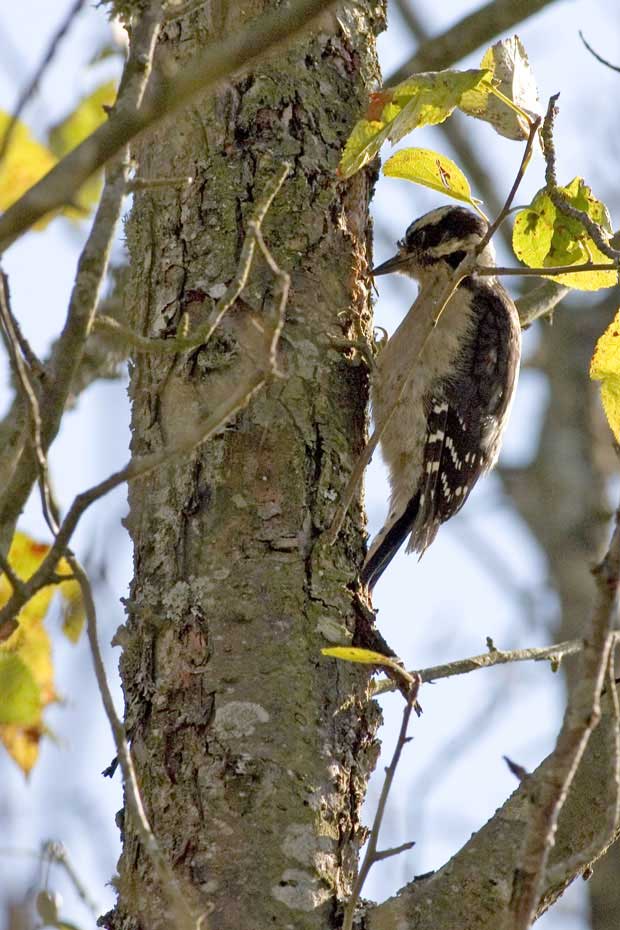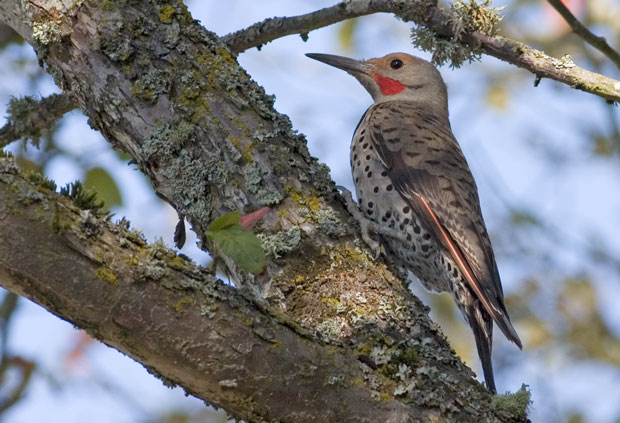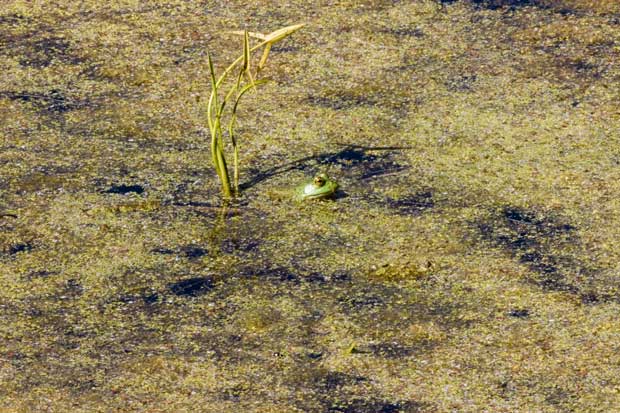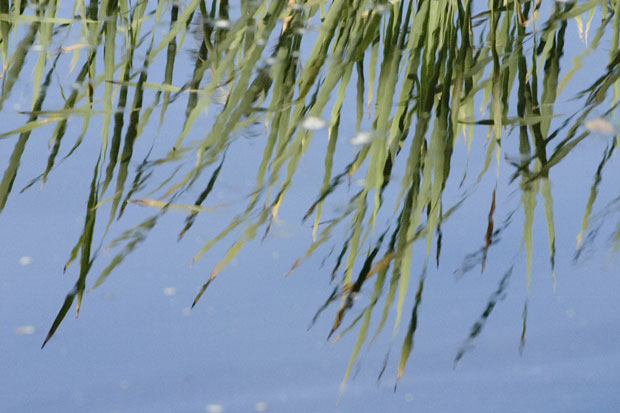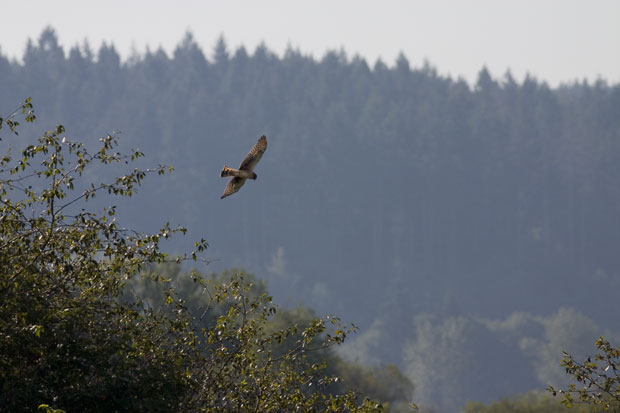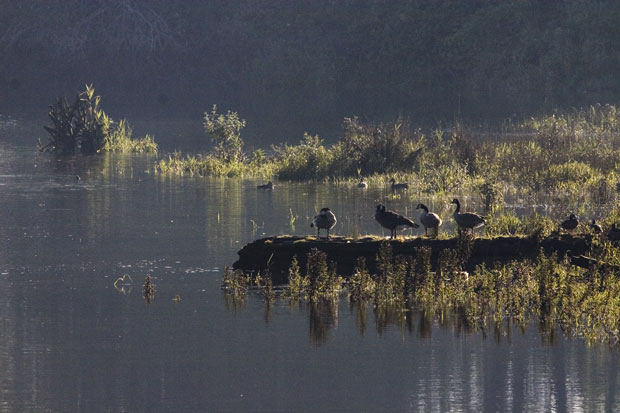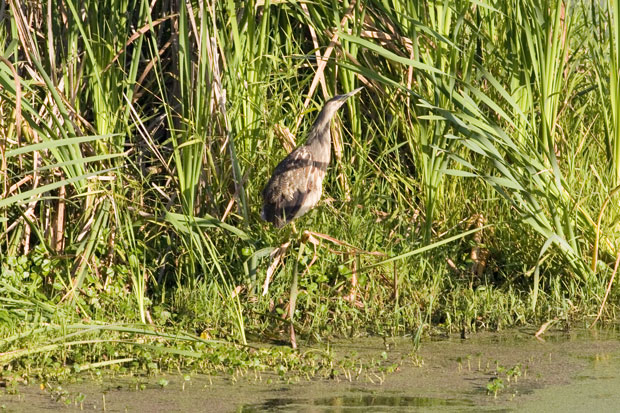It’s tempting to go birding looking for specific “trophy” birds, large birds that I have never seen before. I’ll have to admit that I’m not beyond getting quite excited about seeing a bird I’ve never seen before, particularly if it’s a raptor. In other words, I’d really like to see Nisqually’s resident Bald Eagles.
But that’s really not the reason I walk there. I’d like to think that I’d enjoy the walk if I never even saw a bird, but I’m more than happy simply enjoying birds I’ve seen before and little birds that I’m not even aware of having seen before.
That said, I’m still having trouble not spending considerable time watching the herons, particularly since they seem to have many more than normal this year, and, no matter how many times you’ve seen one, they strike me as a beautiful bird:

I’m also slightly ashamed to admit that I’m not above having my interest peaked by an oddity or two. While taking a picture of a frog in the main pond, an attendant informed me that the they have a “blue bullfrog” in residence, and she was kind enough to actually take me down to the pond to see it:
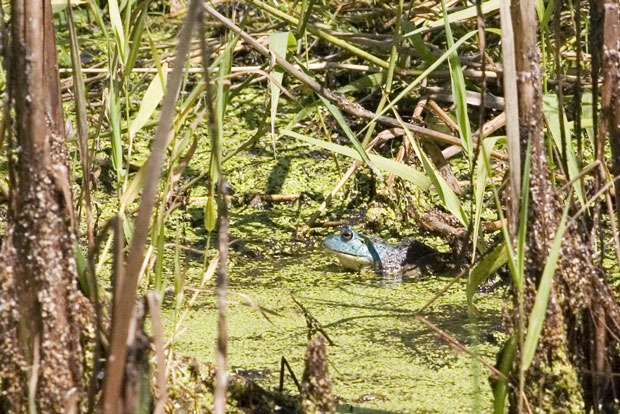
I would never have spotted it without her assistance, but I enjoyed sitting and talking to her about the frog and more mundane attractions at the refuge. I’m not sure that herons and blue frogs really go together, but we’ll just pretend we have our “blue thing” going on today.

